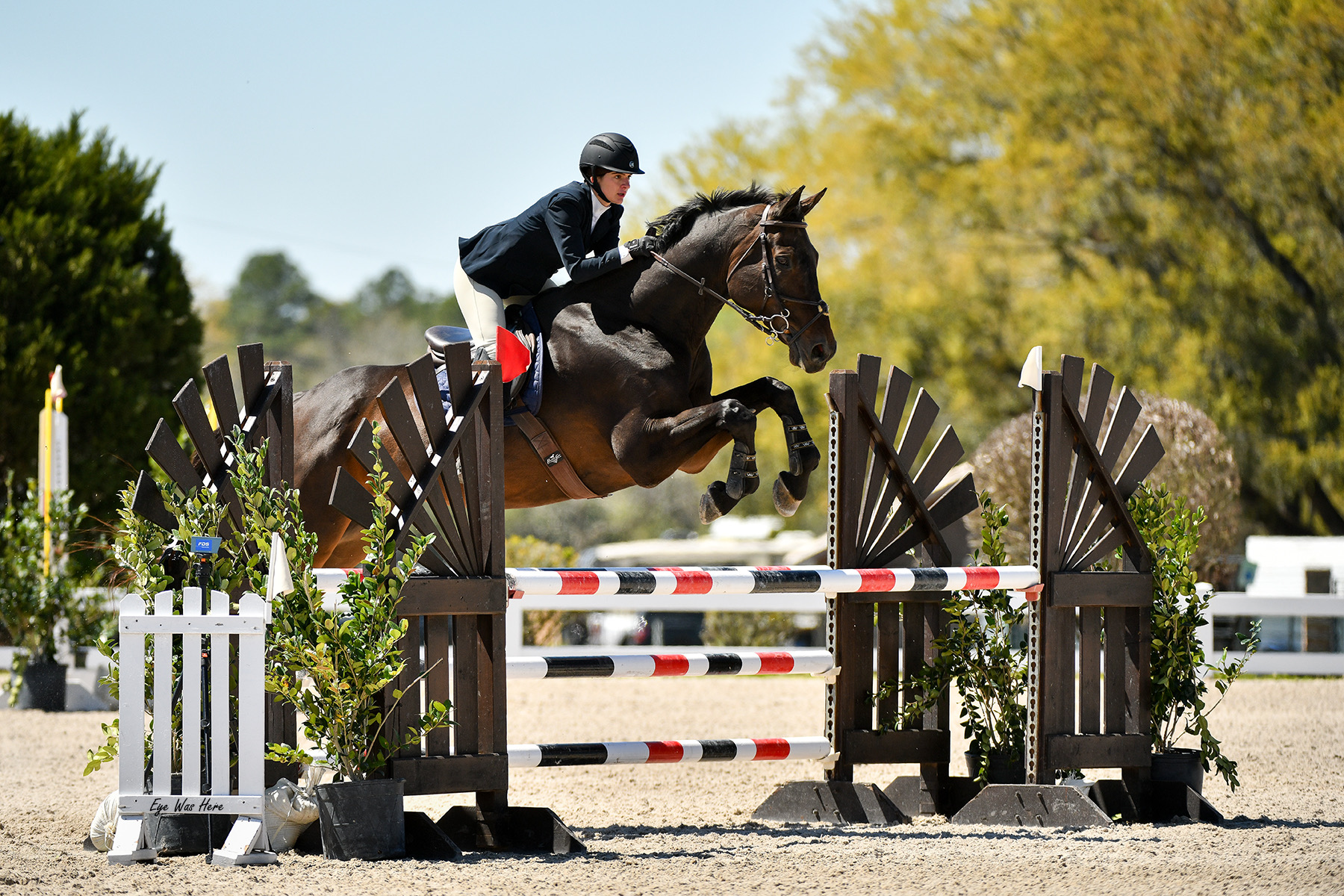I’ve been riding with Denny for over seven years now, and the word “losgelassenheit” has come up in conversation maybe 4,368 times, more or less. The first time I heard this word, I thought to myself, Huh … come again? Basically, this German word refers to relaxation. When a horse is losgelassen, he is without tension, active without rigidity, and allows his or her energy to be manipulated by his or her rider without starting World War III.
Seeing how I spend most days in the winter riding and training by myself, I have an endless amount of time to think about these various concepts and how they apply to me and my horses. Most of us are familiar with the German riding scale: Rhythm, Suppleness, Connection, Impulsion, Straightness and Collection. Losgelassenheit directly corresponds with the second layer in this pyramid, or the “suppleness” category.
Thousands of riders, trainers and coaches will argue that the most important thing a horse must do is go forward from the leg. I couldn’t agree more. That being said, I think this idea of relaxation and calmness almost ties for first place. For me, one of the most challenging pieces of the riding puzzle is dealing with a horse that demonstrates physical AND mental rigidity. Trying to calm, or coax a horse into relaxation can be easier said than done, and some riders are simply better at this than others.
I have ridden my fair share of tight, nervous and/or aggressive type horses. I think my borderline type A personality actually clashes with these particular types, and I am more drawn to naturally calm and low-key types of horses, which has taken years to discover. Both horses I am riding right now are pretty low key. Skybreaker is a very relaxed and calm horse, which he shows me every time I sit on him. My mare, Valonia, possesses a slightly similar attitude in that she is not frantic, nor high strung, but has a bit more gas stored away in her tank. Still, even with two fairly relaxed horses, I feel as though my job is to not only preserve that natural state of relaxation, but to combine that calmness with more energy and more liveliness. I never want to get rid of their losgelassen, but rather meld their relaxation with more aliveness.
So, where does your horse fall under the “relaxation” category? Is she or he generally pretty calm or hot to trot? Depending on your answer, how do you deal with relaxation and calming your horse down or gearing your horse up? What types of horses are you generally drawn towards, and why? I think it’s really important to realize and understand what type of horse you work with the best and why. It’s great to be well rounded and have the ability to ride all types, but finding your type helps tremendously. Regardless of your dead quiet or hot ticket horse, relaxation will always play a dominant role, and learning methods that help with relaxation or that will help preserve calmness is key in our horse’s training.



































